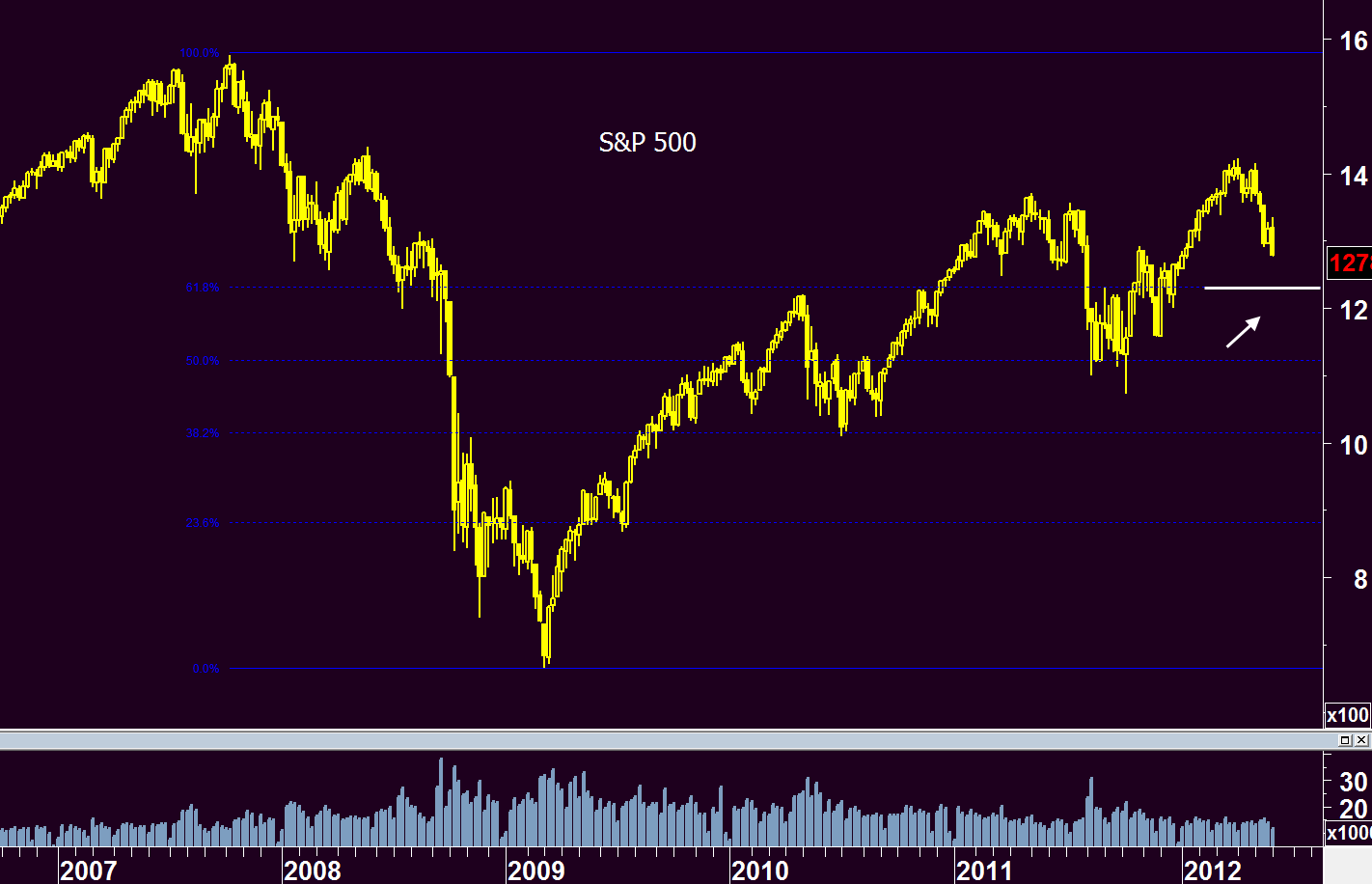By: Jose Torres, Interactive Brokers’ Senior Economist
September Flash PMIs came in above expectations. The manufacturing segment came in at 51.8, up from 51.5 in August and hotter than the consensus forecast of a decline to 51.1. The services segment came in at 49.2, up from 43.7 in August and also hotter than the consensus forecast of a more modest increase to 45. The manufacturing sector remained in expansion territory, defined by a reading above 50. Even though the services segment improved significantly, it remains in contraction territory, defined by a reading below 50.
In the manufacturing sector, new orders expanded for the first time in four months, the main driver of September’s increase. New orders serve as a leading indicator of not just the manufacturing sector, but of the entire economy. Manufacturing employment was robust as employers were able to hire employees at the fastest rate since September, pointing to possible early signals of an easing labor shortage. Weak production, weak exports and supply chain disruptions capped September’s progress and contributed to rising work backlogs. Manufacturers were confident concerning production gains in the next twelve months against the backdrop of increasing orders and investment but also expressed concerns concerning economic uncertainty and inflation’s impact on consumer demand.
In the services sector, new orders were also the main driver of September’s increase as consumer demand improved although high inflation and higher interest rates remained strong headwinds. Work backlogs grew as labor and materials shortages weighed on production. Higher wage costs and challenges finding strong candidates weighed on employment gains and on production. Service providers were confident of improving conditions in the next twelve months due to improved expectations concerning customer demand.
Overall, this is a positive report for economic growth as demand is improving in both the goods producing and service producing sectors. The negatives are that weak production hampered progress in both sectors and contributed to work backlogs. Weaker production and increased demand are a recipe for higher prices and fuel higher inflation. When more people want less things, they bid higher and the marketplace adjusts by shifting the prices of goods and services to the upside. Labor shortages in the service sector also point to higher inflation as employers have to pay more, or bid higher, to get employees through the door.
This report is not inflation friendly and puts pressure on the Fed to remain hawkish. The Fed wants to see less demand, not more. They also want to see workers rush back to work to alleviate wage pressures and to avoid a wage-price spiral that could lead to higher inflation expectations. More workers also help production, which is deflationary on the supply side. More supply can offset high demand and cool prices as consumers have a wider market of goods and services to bid on. As the Fed continues to raise rates and tighten financial conditions, I suspect that labor shortages will ease further and price pressures will cool against the backdrop of dwindling demand. For now, the Fed still has a lot of work to do.
Originally Posted September 23rd, 2022, Traders’ Insight Blog
PHOTO CREDIT: https://www.shutterstock.com/g/rozbyshaka
Via SHUTTERSTOCK
DISCLOSURE: INTERACTIVE BROKERS
The analysis in this material is provided for information only and is not and should not be construed as an offer to sell or the solicitation of an offer to buy any security. To the extent that this material discusses general market activity, industry or sector trends or other broad-based economic or political conditions, it should not be construed as research or investment advice. To the extent that it includes references to specific securities, commodities, currencies, or other instruments, those references do not constitute a recommendation by IBKR to buy, sell or hold such investments. This material does not and is not intended to take into account the particular financial conditions, investment objectives or requirements of individual customers. Before acting on this material, you should consider whether it is suitable for your particular circumstances and, as necessary, seek professional advice.
The views and opinions expressed herein are those of the author and do not necessarily reflect the views of Interactive Brokers LLC, its affiliates, or its employees.
Any trading symbols displayed are for illustrative purposes only and are not intended to portray recommendations.
In accordance with EU regulation: The statements in this document shall not be considered as an objective or independent explanation of the matters. Please note that this document (a) has not been prepared in accordance with legal requirements designed to promote the independence of investment research, and (b) is not subject to any prohibition on dealing ahead of the dissemination or publication of investment research.



